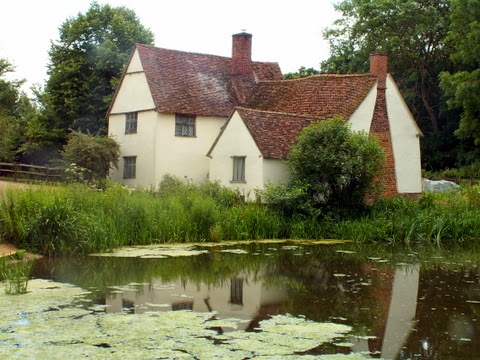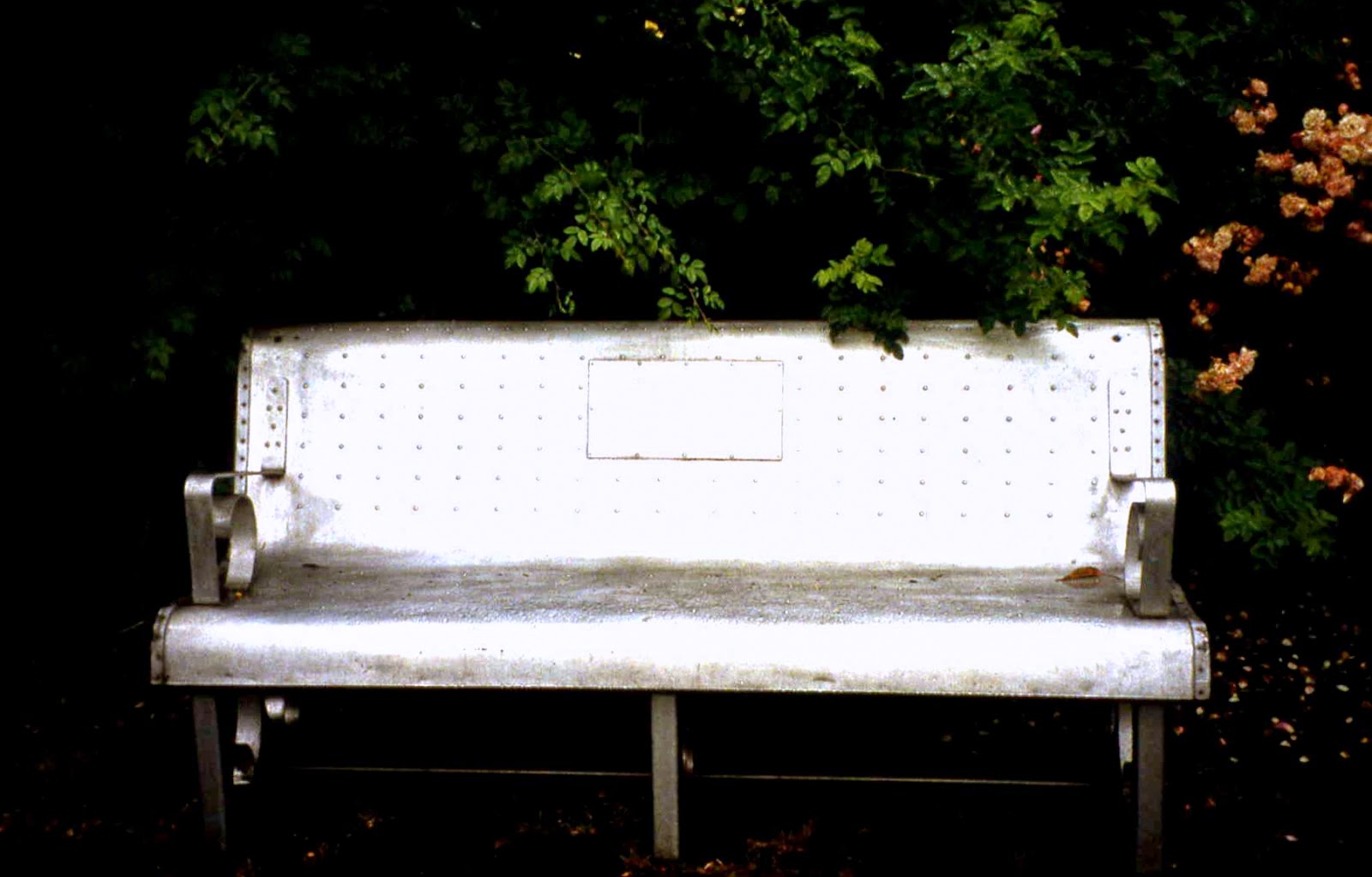The lovely county of SUFFOLK is in the middle part of East Anglia and separated from Essex by the River Stour. This is Constable country with its typical flat landscape and wide skies. The area around the Stour was made famous by local landscape artist John Constable in the early 19th century.
Constable was born at EAST BERGHOLT in 1766 although the house he was born in is no longer there.
However, the interesting church of St Mary is just as Constable
would remember it
The church tower was never
completed leaving the church looking somewhat forlorn. The church
was built between the mid 14th and the mid 16th centuries
and the tower was begun in 1525 by Cardinal Wolsey. Local tradition says that the devil
dismantled the tower as fast as the builders put it up but in any event work
stopped on Wolsey’s death in 1530 and the tower is still as it was then.
A bell cage was erected as a temporary measure in 1531 to house the church bells weighing a total of some 4 tons, one of which dates from 1450. It originally stood in the eastern part of the churchyard until the 17th century when it was moved to its present site behind the church at the wish and the expense of the local Squire, because the noise from the bells disturbed the family at the Old Hall. The cage, now a firmly established feature of the church, is the only place where the bells are rung by pure force of hand applied directly to the bell and not by rope and wheel. The bells are normally rung between 9.30am and 10.0am on Sundays throughout the year and between 6.0pm and 6.30pm on Sundays in summer being the heaviest five bells currently being rung in England.
Constable's father who owned nearby Flatford Mill, is buried in the churchyard together with his wife.
Constable himself died in 1835 and was buried at Hampstead, London.
Willy Lott is also buried in the churchyard
The River Stour and its water meadows are at the very heart of Constable country in Dedham Vale and it was here around the hamlet of Flatford Mill, now in the care of the National Trust, that Constable painted some of his better known paintings.
The Dry Dock (Boatbuilding 1814)
Flatford Mill (1817) and The Haywain (1821) are two of Constable's most famous paintings and their locations are still visible today. The mill, built in 1733, is now a Grade 1 listed building owned by the National Trust.
Willy Lott's cottage still there in its rural idyll.
Dating to the 16th century and restored in 1920, it is now a Grade 1 listed building owned by the National Trust.
Valley Farm is the oldest building at Flatford. A mid 15th century Great Hall House, it is Grade 1 listed and owned by the National Trust.
The 16th century Bridge Cottage is now a Grade 11 listed building. Owned by the National Trust it contains a Constable exhibition and can be freely visited.
If you drive through TATTINGSTONE north east of East Bergholt and alongside
Alton Water, you will see what appears to be an old church complete with tower,
by the roadside. Closer inspection will
reveal that it is not a church at all but three cottages disguised as a church! This fine folly was built in 1760 by the
local Squire, Edward White M.P. He had a
good view of his ‘old church’ from his fine house on the other side of the
valley.
SUDBURY. also on the River Stour, has its own master 18th century portrait and landscape painter. Thomas Gainsborough was born there in 1727 and although he left the town when he was just 14 years of age to study in London, his birthplace is now a museum in his honour.
The redundant church of St Peter dominates the Market Place.
Thomas Gainsborough statue in the Market Place.
Gainsborough House in Gainsborough Street dates from c1500.
The house and walled garden are open to the public.
The centre piece of the garden is a large mulberry tree which is more than
400 years old.
The Grade 11 listed Victorian Corn Exchange in Market Hill
is now a public library.
Just north of Sudbury is the charming village of LONG MELFORD, where the main street stretches for 3 miles along the route of a former Roman road. At the top of the village is a wide village green overlooked by the magnificent 15th century Church of the Holy Trinity.
The Lady Chapel
The Holy Trinity Almshouses were founded in 1573 by William Cordell of Melford Hall..
The Elizabethan mansion of Melford Hall dates to c1550.
It was built by William Cordell who became Speaker of the House of Commons and Master of the Rolls. He entertained Elizabeth 1 at the hall in 1578, when she was welcomed by '200 young gentlemen in white velvet, 300 in black and 1500 serving men'.
The Tudor pavilion was built to entertain the Queen.
Step back in time in LAVENHAM, a charming example of a Suffolk wool town virtually as it would have looked in the Middle Ages with its legacy of timber framed buildings once occupied by the rich merchants of yesteryear.
The Swan Hotel now incorporates the old Wood Hall.
The Market Cross dates to 1501.
The Guildhall, one of the finest half timbered buildings in the country,
is now in the care of the National Trust.
The Church of St Peter and St Paul is of cathedral proportions,
standing proudly at the top of the town.
In the Rose Garden of the Abbey Gardens at BURY-ST-EDMUNDS, is a metal memorial seat on which the inscription reads :
1945
Presented to the City of Bury-St-Edmunds
By the US Army Air Force.
The seat was
constructed from parts of a ‘Flying Fortress.’














































No comments:
Post a Comment